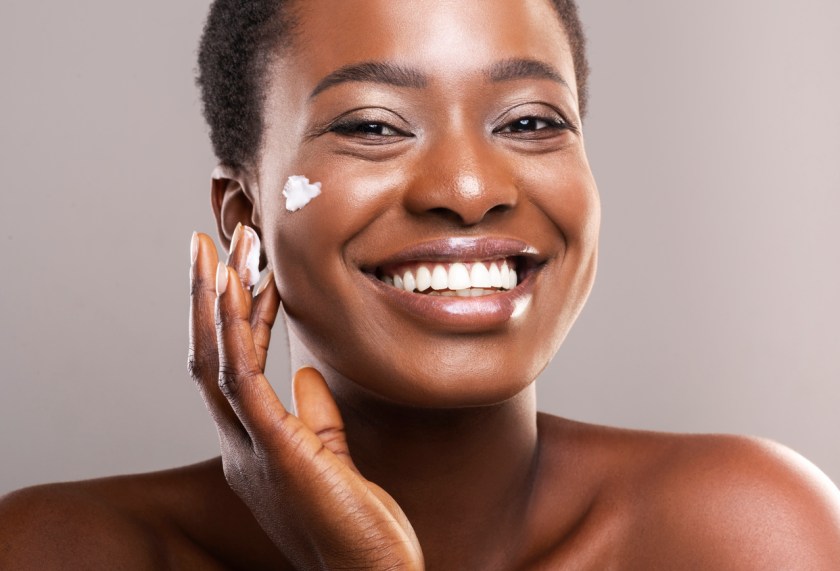What brands have to do to stand out in this saturated market.
According to new stats released by Global Data, the skincare market in Asia Pacific is not only the world’s fastest growing, but it is set to reach soaring heights of AUD $135bn within the next four years, compared to AUD $104bn in 2019.
Asia-Pacific was the largest and fastest growing beauty market in 2019, with skincare growing at a CAGR of 5.5%, while the facial care market is set to reach AUD$ 123bn by 2024 from AUD$ 94bn in 2019, at a CAGR of 5.3%. This implies that the huge demand for facial care products in APAC is apparent and brands would be eager to gain a competitive edge. However, brands will have to ensure that their products and marketing campaigns represent inclusivity, be it in terms of gender, age, and colour, acting as the key towards smashing stereotypes.
Shagun Sachdeva, Consumer Insights Analyst at GlobalData, comments: “Major social movements in recent times have undoubtedly laid the groundwork for long-term change in the beauty industry by pushing consumers towards values-based consumption. With more emphasis on the need to build diverse and inclusive landscapes, beauty brands are undertaking commendable efforts to retool their portfolios and make amendments in their marketing campaigns.”
We can expect the skin-lightening products sector, which is often associated with non-inclusive messaging, to decline significantly in the coming time. Leading brands such as Johnson & Johnson discontinued fairness and skin lightening creams, while others such as Unilever and L’Oreal removing words such as ‘white’, ‘fair’ and ‘light’ from skin-evening products. Such bold and quick response from the big beauty brands will trigger a domino effect in other brands too.
Sachdeva adds: “Brands have started to realise that one-size-fits-all approach in beauty fails to truly resonate with consumers. Along with brands’ efforts in terms of inclusive advertising campaigns and more diverse shade ranges, customisation will be one key differentiator for them to being truly inclusive. Opportunity clearly lies for brands not only in terms of creating inclusive beauty offerings, but also to justify more premium price points.”
In APAC, beauty brands might face challenges in certain country markets to run diverse beauty campaigns due to deeply ingrained beauty standards. Therefore, localised approach can work in favour of brands.
Sachdeva concludes: “While it is difficult to anticipate the long term influence social movements will have on the APAC beauty industry, inclusive beauty concept is certainly here to stay, be it in form of inclusive formulations, marketing campaigns, or even technology-enhanced customisable options.”





